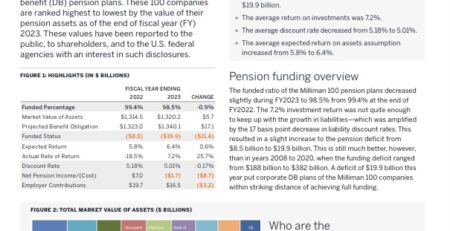Asset Allocation: Glide Path Design for Target Date Retirement Funds
By Thomas Present, Sharon Persyn
In this thesis, we discuss and compare target date retirement fund strategies that have been used in recent literature. These strategies include the 100% equity, glide path, maximum drawdown, risk budget and target return strategy. We conduct sensitivity analyses in order to obtain optimal parameters for the different strategies. We first compare the strategies with rebalancing between two asset classes: equity (Russell 1000) as the risky asset and bonds (10Y US government bonds) as the riskless asset. Later, we also add other asset classes such as commodities and investment grade corporate bonds. For all six asset classes used in the strategies, we make use of returns with fat tails and volatility clustering which is implemented by a GARCH-model. We simulate terminal wealth values for all strategies for a participant which has a starting salary of $ 50,000 , a salary growth of 2% in excess of cash, a contribution rate of 9% and a saving period of 41 years. In order to create the terminal wealth distributions, we simulate daily returns for the participant’s saving period based on Monte Carlo simulations. We conduct these simulations 100,000 times.
The evaluation of the target date retirement fund strategies is based on three measures: worst case scenario (1% percentile), Sharpe ratio and internal rate of return ratio. Results show that the risk budget strategy, where asset allocation is based on the volatility of the asset classes, yields superior outcomes in terms of these evaluation measures. The results can be improved by adding alternative asset classes to the risky portfolio which increases return and decreases volatility. In general, a participant of a target date fund would be better off by investing in a risk budget strategy which also invests in alternative asset classes. Further, we conduct additional research where contrarian strategies and balanced funds are examined. Also the sensitivity of participant parameters are tested and a M-GARCH model is used instead of a normal GARCH-model.
Source: SSRN
252 views










